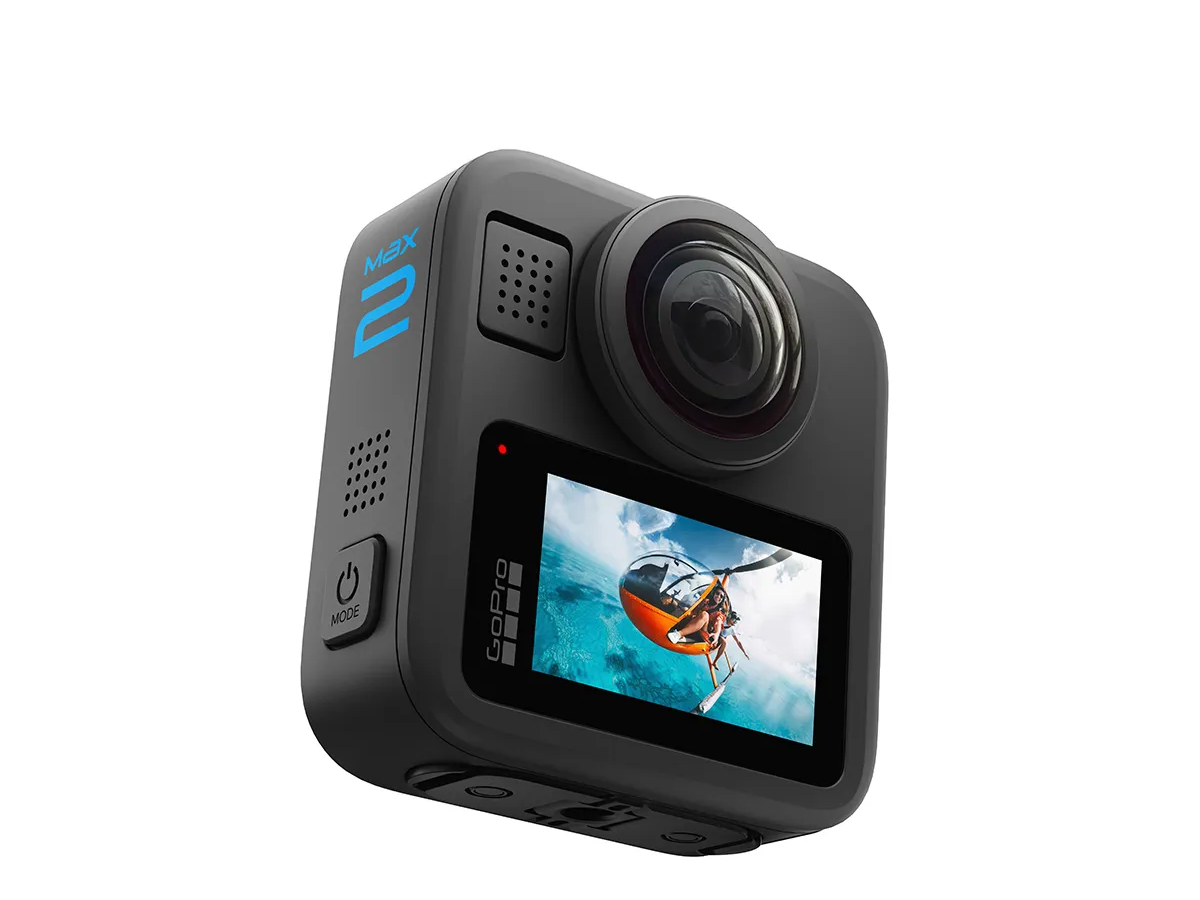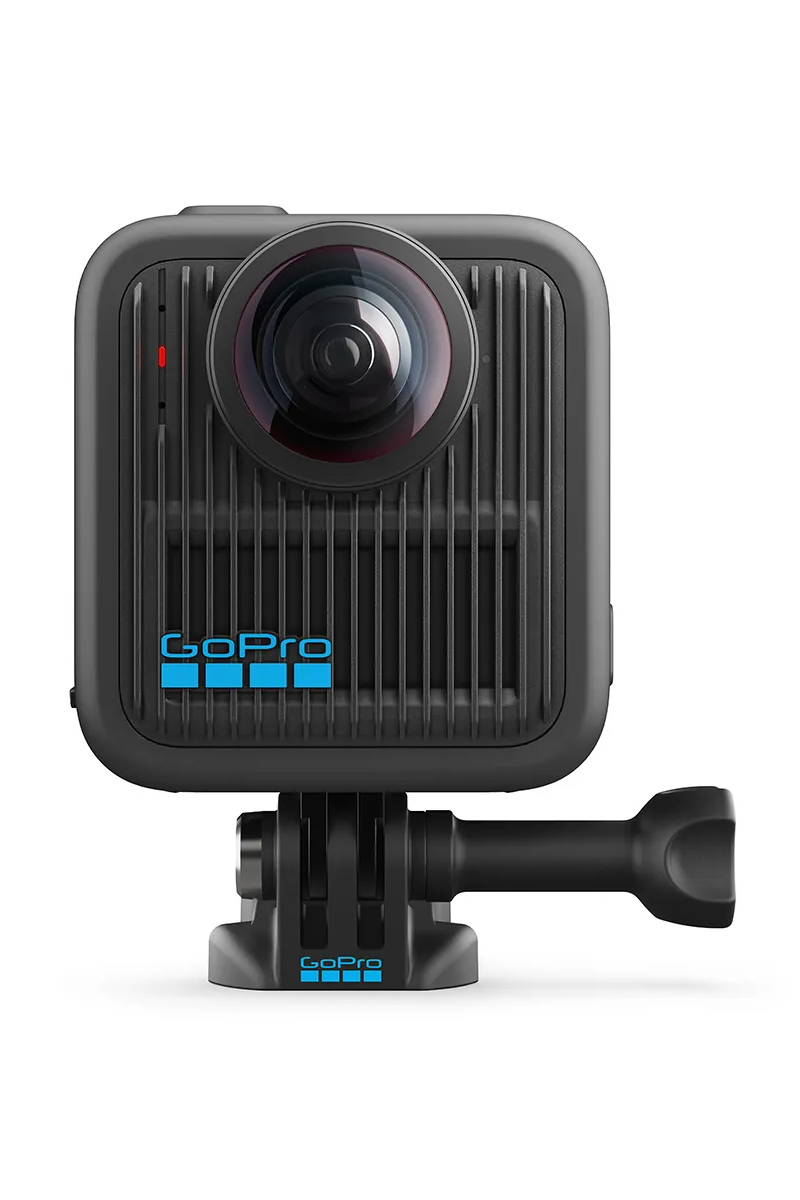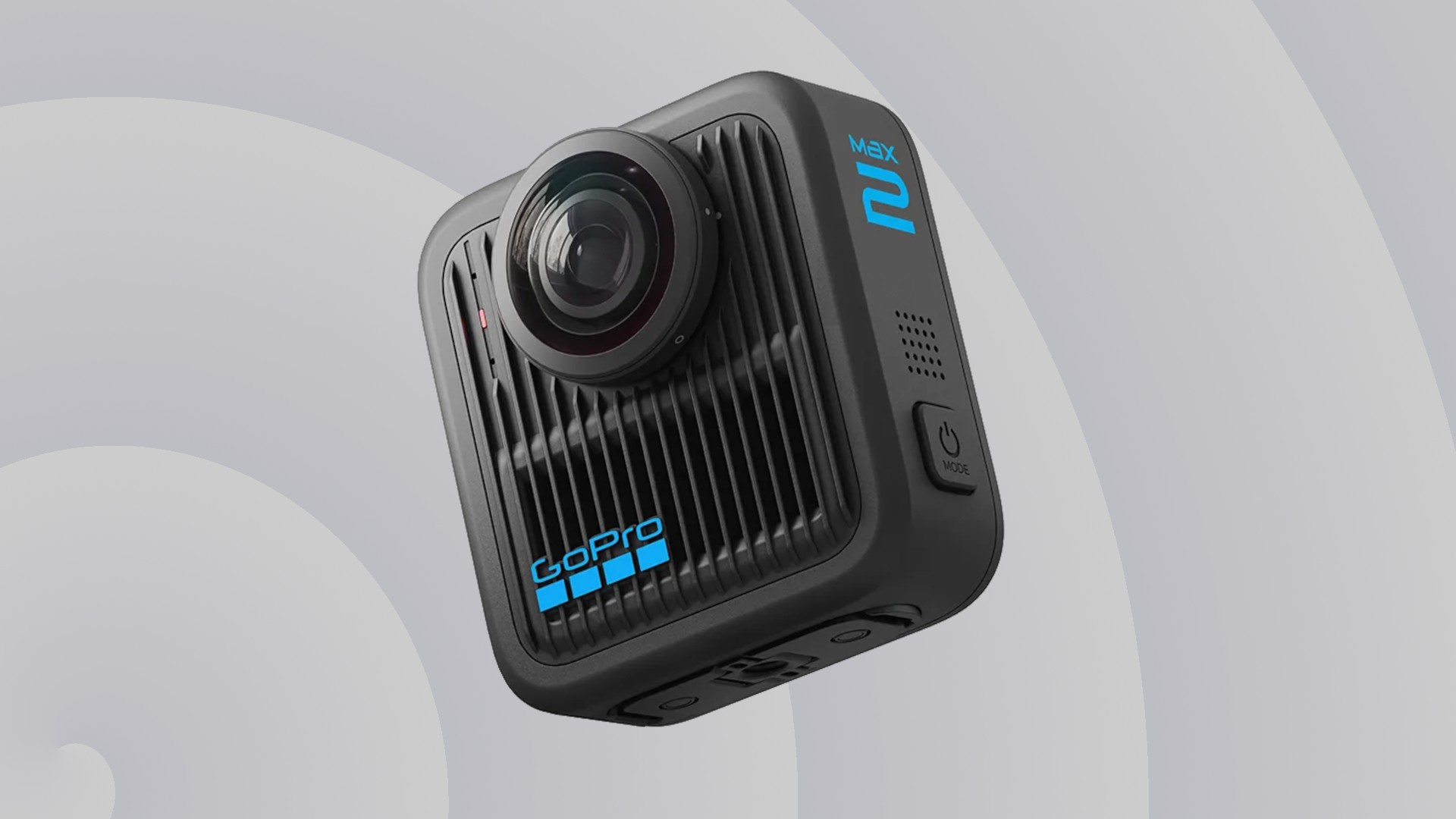For once, GoPro skipped dropping a fresh Hero Black model this autumn. Nah, they’re going with the long-whispered-about Max 2, that 360-degree beast priced at 500 bucks. It’s hitting the scene right as folks are getting excited again about those full-sphere videos, squaring off against stuff like the Insta360 X5 or DJI’s Osmo 360—both around 550 dollars. Kinda wild that GoPro’s undercutting them on cost; feels like they’re trying to snag more fans and, fingers crossed, get more people messing around with that trippy, all-around filming style.
They’ve packed in some serious tools for pros, think timecode or GP-Log with those lookup tables, but also kept things easy for phone-based tweaks. You know, so it draws in the hardcore types and the weekend warriors. And honestly, GoPro put a ton of effort into making the whole thing friendlier to use instead of just cramming in wild tech upgrades. After fiddling with it for about a week, I gotta say, that choice seems pretty smart.

It scores an 86 out of 100 from the experts. The GoPro Max 2 holds its own against DJI and Insta360, shining with solid picture quality and handy editing options that turn your clips into stuff you’d actually post.
On the plus side: It does real 8K video in 10-bit with GP-Log, lenses you can swap out easy, straightforward app-based cuts, and it hooks up with Bluetooth mics. Downsides? Yeah, those stitch marks pop up now and then, and there’s zero built-in memory.
Design and Features
So, jumping into how it looks and what it packs—the Max 2 steps up the clarity from the old one’s 5.6K, hitting full 8K with 10-bit colors. That matches up with the DJI Osmo 360 and Insta360 X5, but GoPro swears theirs is the only “actual” 8K. Basically, they don’t cheat by including junk pixels or the overlap bits where the two lenses mash together. They even claim it’s 16 to 23 percent sharper than the others because of that.
Now you can grab 360 clips at 8K up to 30 frames per second, or drop to 5.6K for 60 fps, and even 4K at a zippy 90 fps in full circle. Switch to just one lens—like regular shooting—and you’re looking at 4K at 60 fps max, way better than the original Max’s puny 1.4K at 30. But it’s not all about the numbers; this thing borrows from the Hero line with 10-bit depth and a base bitrate of 120Mbps. Want more? Their Labs firmware bumps it to 300Mbps if you’re feeling experimental.
Hardware-wise, it’s got a subtle makeover that echoes the latest Hero and Hero 13, with those cooling ridges up front and lenses smack in the middle instead of side by side like before. Shape and size? Pretty much the same as the first Max. But here’s a game-changer I love: those lenses unscrew right off for quick swaps. Since it’s got eyes on both sides, dropping it means something’s gonna hit first—usually the glass. So yeah, scratches or cracks are way more likely, but now fixing it is no big deal. The Insta360 X5 lets you do that too, but with DJI’s Osmo, you’re shipping it back for repairs.

Audio’s handled by a six-mic setup that zeros in on the action’s direction. Like on the Hero 12 or 13, you can pair AirPods or a Bluetooth mic—say, DJI’s Mic 3—straight to it for clear voiceovers or those epic yells. No question, that pulls in vloggers and social folks big time.
One bummer: no internal space for files, which is standard for GoPros, but hey, DJI throws in 105GB with their Osmo 360. I’ve lost count of how many times I’ve bolted out the door, camera in hand, only to realize the SD card’s chilling in my computer. Come on, GoPro, adding that as a default would be awesome.
Video and Photo
When it comes to video and snaps, I’ve tested a bunch of action cams over the years, and they all have their sweet spots—some crush it in bright light but flop in shade, or whatever. My spot near this massive park, with all its greens, trees, and little ponds, is ideal for putting them through the paces. The Max 2 handles it all nicely: colors pop without looking fake, and exposure stays even-keeled most times. Sure, you’ll see it adjust when you swing from sun to shadow, but that’s par for the course.
Once you dive into reviewing and tweaking your stuff, bam—it hits you that this is 360 territory. Drag your finger to spin the view or pull back for that hovering drone vibe, and yeah, some bending creeps in. It can be a pain dialing in the perfect no-warp frame, but other times that curve adds a cool twist. Go all the way out, and you get those fun little planet effects.
Gotta mention the seams where the lenses meet—sometimes you spot the join, like a wobble or a glitch in a line on the ground. It’s just how these cams work right now, and the Max 2 isn’t immune.
On the flip, 360 means killer steadying, especially single-lens style. I rigged it on a selfie stick taped to my bike bars—not even clamped proper—and rode over bumps and holes like a maniac. The cam flopped around wild, but the video? Super smooth. Walking with it? Even better, straight-up shareable without fixes.
Fresh stuff this round: 8K time-lapses, and “HyperView” mode that’s new for Max—a super-wide 180-degree grab using the whole sensor for that pull-you-in feel. Like on the Heroes, it’s intense with heavy distortion, but man, for first-person views, it’s like you’re right there.
That leads to Selfie and POV modes; they’re more about smoothing the process than flashy new tricks. With 360, your selfie might not load facing you in the app, so you’d hunt around. These modes fix that—opens right on target, ready to post. It’s like blending full 360 capture (you can still pan everywhere) with single-lens ease. If your face or view is the star, no reframing needed. Plus, it auto-picks the best steadying, cutting down edits from shoot to share. The old Max always defaulted to front view, making you poke for what you wanted.
Snapping pics on a 360? Easy yet tricky—you catch everything, so no framing worries, but timing the angle or moment is key. New Burst helps: fires off shots for one to six seconds, letting you pose a few ways or nail a moving target. Then tweak in the Quik app like any file.
GoPro Quik Editing
Speaking of Quik—unlike normal cams, 360 means you gotta edit at least a bit, even just to flatten and frame for export. But that’s where the magic happens, right? One clip turns into a bunch of dynamic angles with sweeps and zooms. Quik’s your main spot for it, and since GoPro’s been at this longer than DJI (who’s newer to 360), their app feels more polished.

It’s user-friendly, hitting that sweet spot between tons of options and not overwhelming you. For a quick crop and export? Couple taps and done. Later, remix for different formats—like tall for Reels, wide for YouTube. Filters are there if you dig ’em; way handier are the ready-made moves, spins, or tracks geared for fast action but flexible for anything.
AI auto-follows stuff too—click once to lock on your dog or kid zooming around, instant motion without hassle. All in, Quik’s great for social dumps, though for long edits, it drags a tad. On desktop? Plugins for Premiere, After Effects via GoPro’s Reframe, and they just dropped a beta for DaVinci Resolve.
Battery Life
Battery’s a 1,960mAh Enduro type, built to hang tough in the cold. GoPro says “all day,” but depends on your vibe. I dragged it out for six hours, hopping spots, pulling it for cool bits—grabbed maybe 30 minutes of actual record. Walked with it on or sleeping, hit record here and there. Still had 15% juice next day for transfers. That’s real-life with phone links and file moves eating power; straight recording might net you 90 minutes, like other GoPros.
Wrap-up
Wrapping this up—it’s been ages since the first Max, so if you wanted a total gut-job on specs, eh, might not thrill you. But for 360, bumping source quality is huge, and Max 2 spits 4K at 60 fps output— that’s the big win. It trickles into time-lapses and modes, keeping it fresh and solid.
Still, onboard storage? Overdue for GoPros, even optional, to ditch that “oops, forgot the card” headache. DJI’s got it—maybe that’ll push ’em.
What edges Max 2 over DJI is the editing flow: thoughtful, simple, with tools that get your raw stuff share-ready fast. Though DJI tempts with built-in space and faster frames. Insta360’s app is solid too, so GoPro’s hook is the cheaper tag (for now). At the end, it’s about the clips you share—and GoPro’s real 8K plus app smarts could tip it.


Leave a Reply